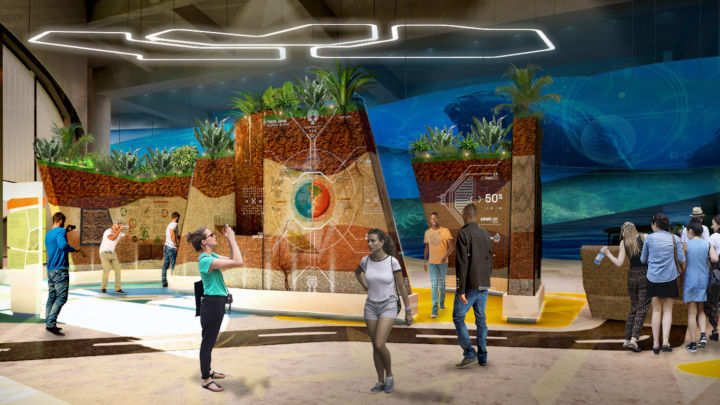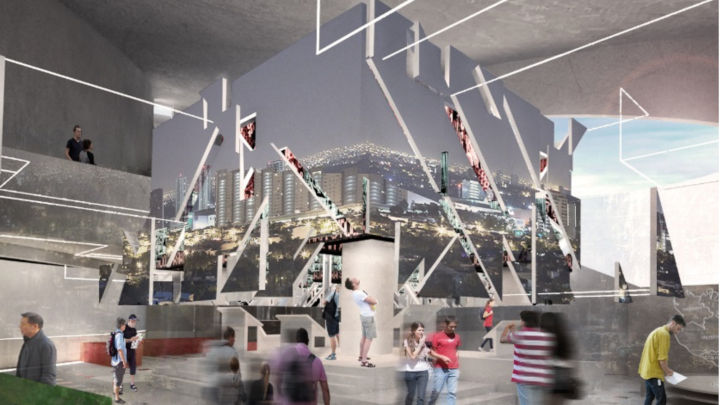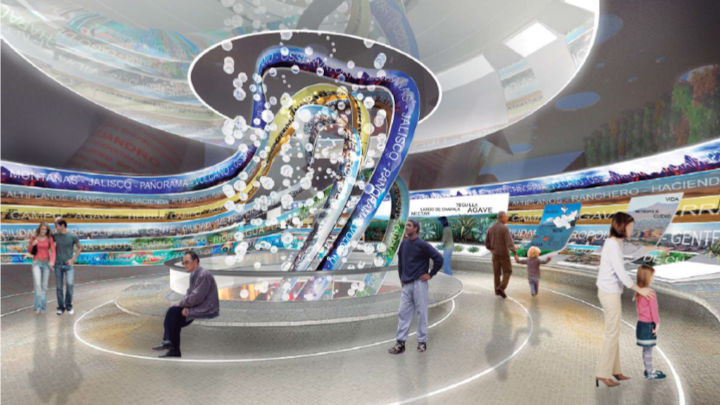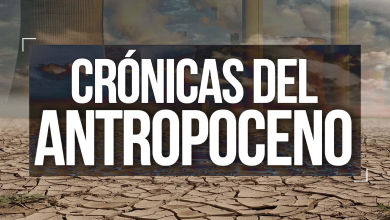An idea is born
The Environmental Sciences Museum is a project that was born over 30 years ago from a proposal by Federico Solórzano Barreto to the University of Guadalajara, to create a Paleontology Museum which he later called “The Museum of Man". In 2001, the University Cultural Center Trust was established and the formal museum planning began. The concepts that now guide this project that is being constructed in Zapopan, Jalisco, Mexico, were developed from 2009 onwards. The Museum invites us to rethink our relationship with nature in these times when, for the first time in human history, most people live in cities. Hence, its mission: "understanding the city and inspiring the conservation of nature that sustains it.






















